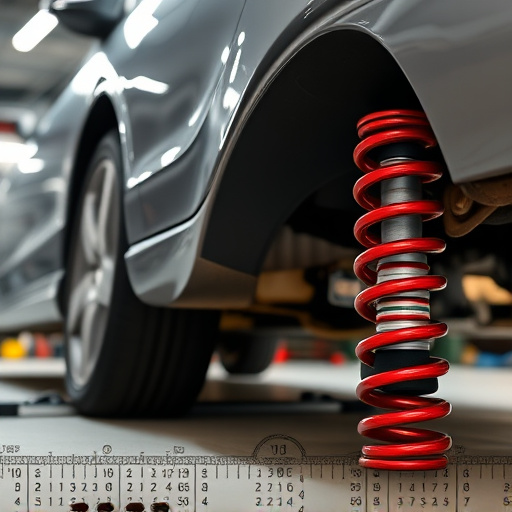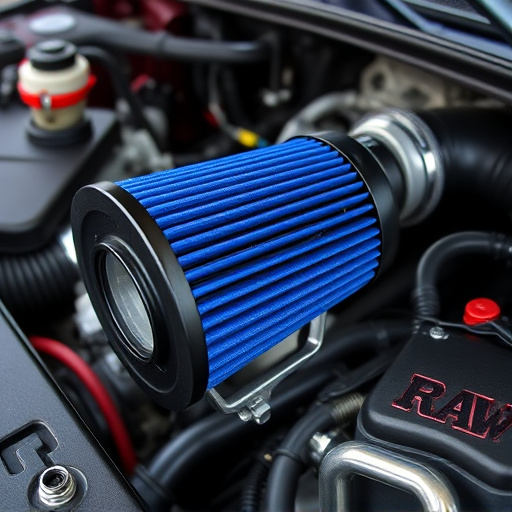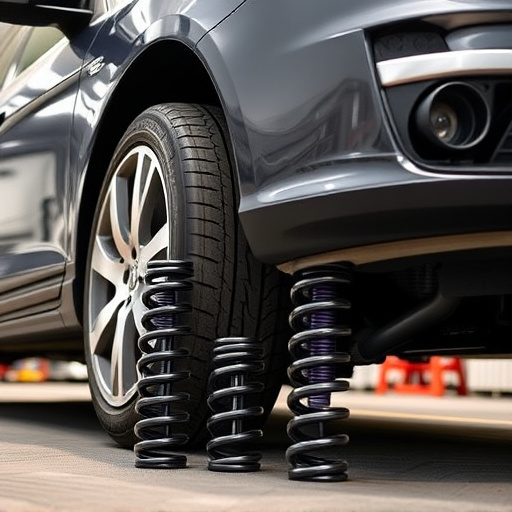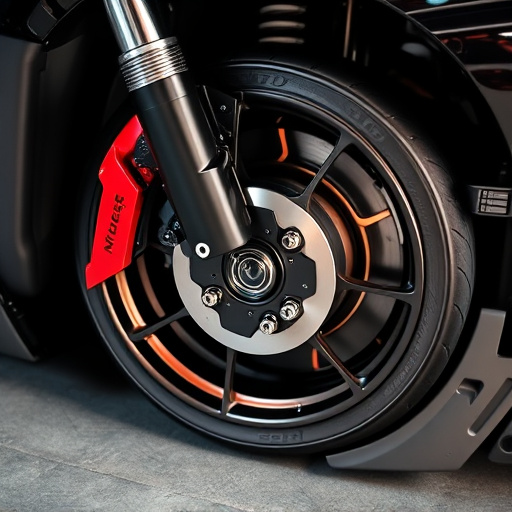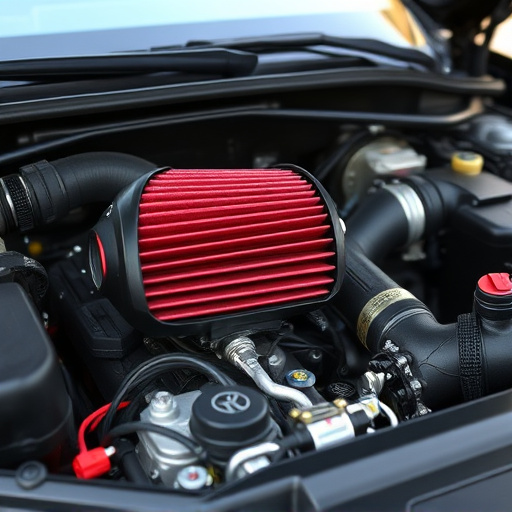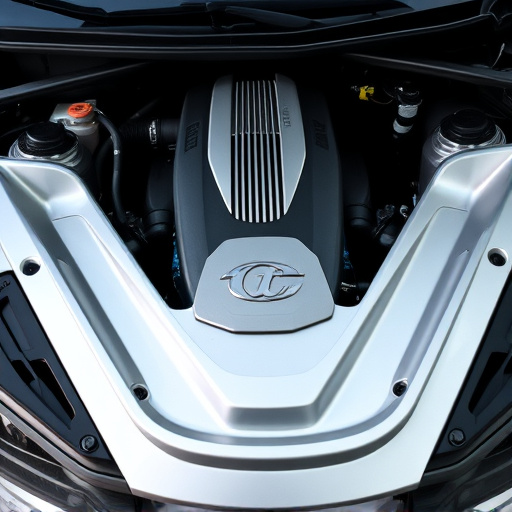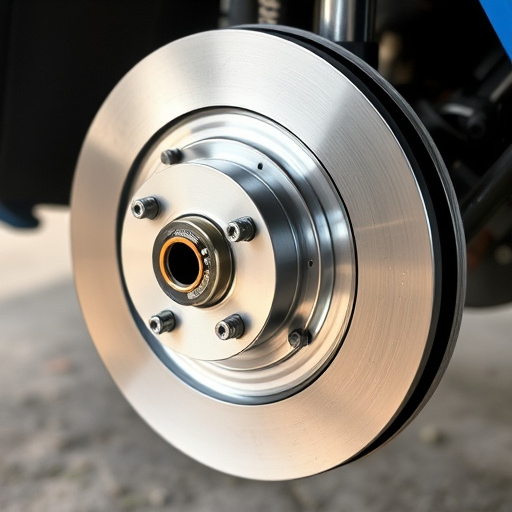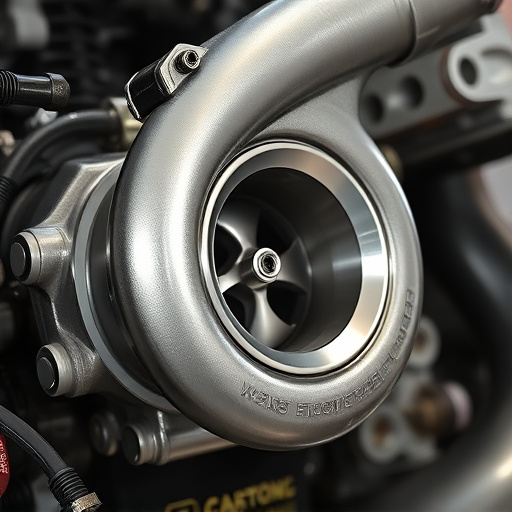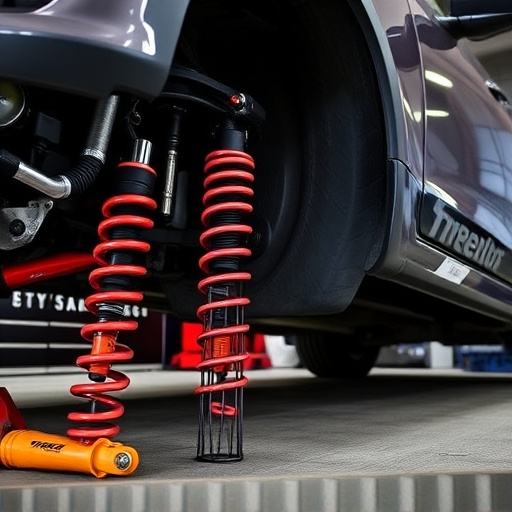Muffler intake installation is a DIY project for car enthusiasts aiming to enhance performance. Beginners must prioritize safety, understand automotive systems, and consult detailed guides. Correct installation avoids risks like increased noise, reduced mileage, or engine damage. Using high-performance parts requires expert knowledge. A structured approach involves gathering tools, planning routes, removing old components, installing new ones, securing connections, and double-checking all bolts before driving.
Is DIY muffler intake installation safe for beginners? This comprehensive guide delves into the process, addressing common questions and concerns. Understanding muffler intake installation involves knowing essential components and potential risks. For beginners, we outline critical safety precautions to ensure a secure and successful project. Furthermore, our step-by-step guide provides clear instructions, making the process safer and more accessible. Learn how to tackle this task with confidence while prioritizing your safety.
- Understanding Muffler Intake Installation: What You Need to Know
- Potential Risks and Safety Precautions for Beginners
- Step-by-Step Guide: Making the Process Safer and More Accessible
Understanding Muffler Intake Installation: What You Need to Know
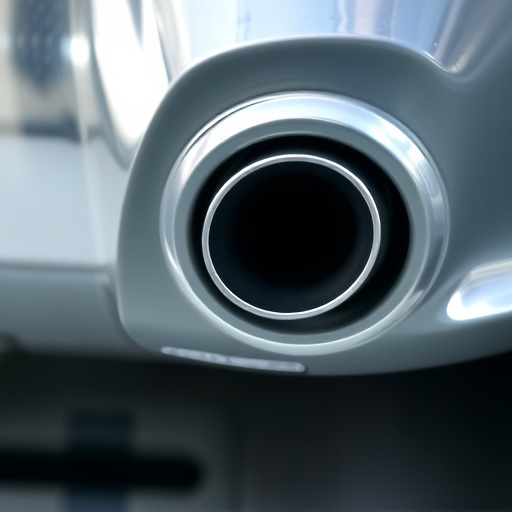
Muffler intake installation is a process that involves replacing or upgrading the air intake system of a vehicle, specifically focusing on the muffler and its connection to the engine. It’s a project often undertaken by car enthusiasts aiming to enhance their vehicle’s performance. Before tackling this task, beginners should arm themselves with knowledge about automotive systems and safety protocols.
Understanding the basic components and functions is crucial. The muffler plays a vital role in reducing exhaust noise, while the intake system is responsible for drawing in air, which becomes fuel-air mixture for combustion. High-performance parts like advanced filters or modified intakes can significantly impact engine performance. Additionally, working on brake pads, rotors, or other critical systems might be involved during access and maintenance checks. Ensuring proper tools, protective gear, and a comprehensive guide tailored to your vehicle model is essential for beginners attempting this DIY project.
Potential Risks and Safety Precautions for Beginners
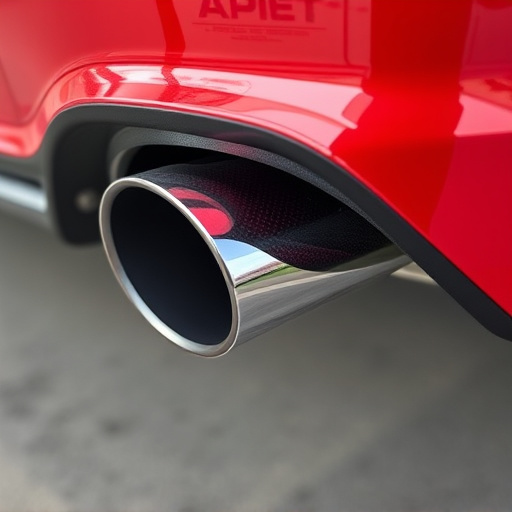
While DIY muffler intake installation can be an appealing project for automotive enthusiasts looking to enhance their vehicle’s performance, it’s crucial for beginners to be aware of potential risks. Muffler intake systems play a vital role in engine performance and exhaust flow, so incorrect installation could lead to serious safety issues like increased noise levels, reduced gas mileage, or even engine damage.
Beginners should prioritize safety precautions such as wearing protective gear, including gloves and safety glasses, and ensuring proper ventilation during the installation process. It’s also essential to have a clear understanding of your vehicle’s specifications and compatibility before starting. If you’re unsure about any aspect of the process, consulting with an experienced mechanic or referencing detailed, step-by-step guides specific to your vehicle model is highly recommended. Investing in high performance parts, such as upgraded exhaust tips or performance brakes, requires expert knowledge to ensure optimal results and avoid causing further damage.
Step-by-Step Guide: Making the Process Safer and More Accessible
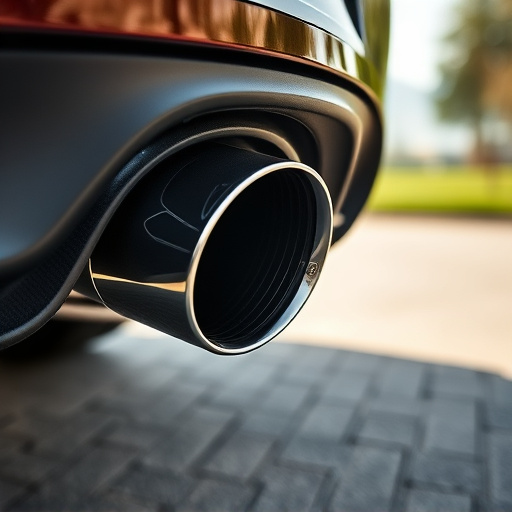
For beginners tackling a DIY muffler intake installation, following a step-by-step guide can significantly enhance safety and accessibility. Before beginning, gather all necessary tools and intake components specifically designed for your vehicle model. This includes high-quality replacement mufflers, pipes, and any required adapters or fittings. Start by identifying the location of the exhaust system and planning a logical route for new intake components, ensuring easy access to all areas.
Next, carefully disconnect the old muffler and related parts, taking note of how they’re attached. This knowledge will be crucial when reinstalling them later. Once disconnected, replace the old muffler with the new one, securing it firmly in place using only hand tools if possible. Connect the intake pipes following your prepared route, ensuring all connections are tight to prevent leaks that could harm your vehicle’s performance. Finally, install any additional exhaust tips or trim for a complete look, double-checking all bolts and connections before driving away.
While DIY muffler intake installation can be a feasible project for automotive enthusiasts, it’s crucial to acknowledge the potential risks involved. The process requires handling specialized tools and components, so ensuring proper safety precautions is paramount. By following a detailed step-by-step guide and prioritizing caution, beginners can navigate this task with increased confidence and safety. Remember, understanding the fundamentals of muffler intake installation empowers individuals to make informed decisions, ultimately enhancing their automotive experiences.

